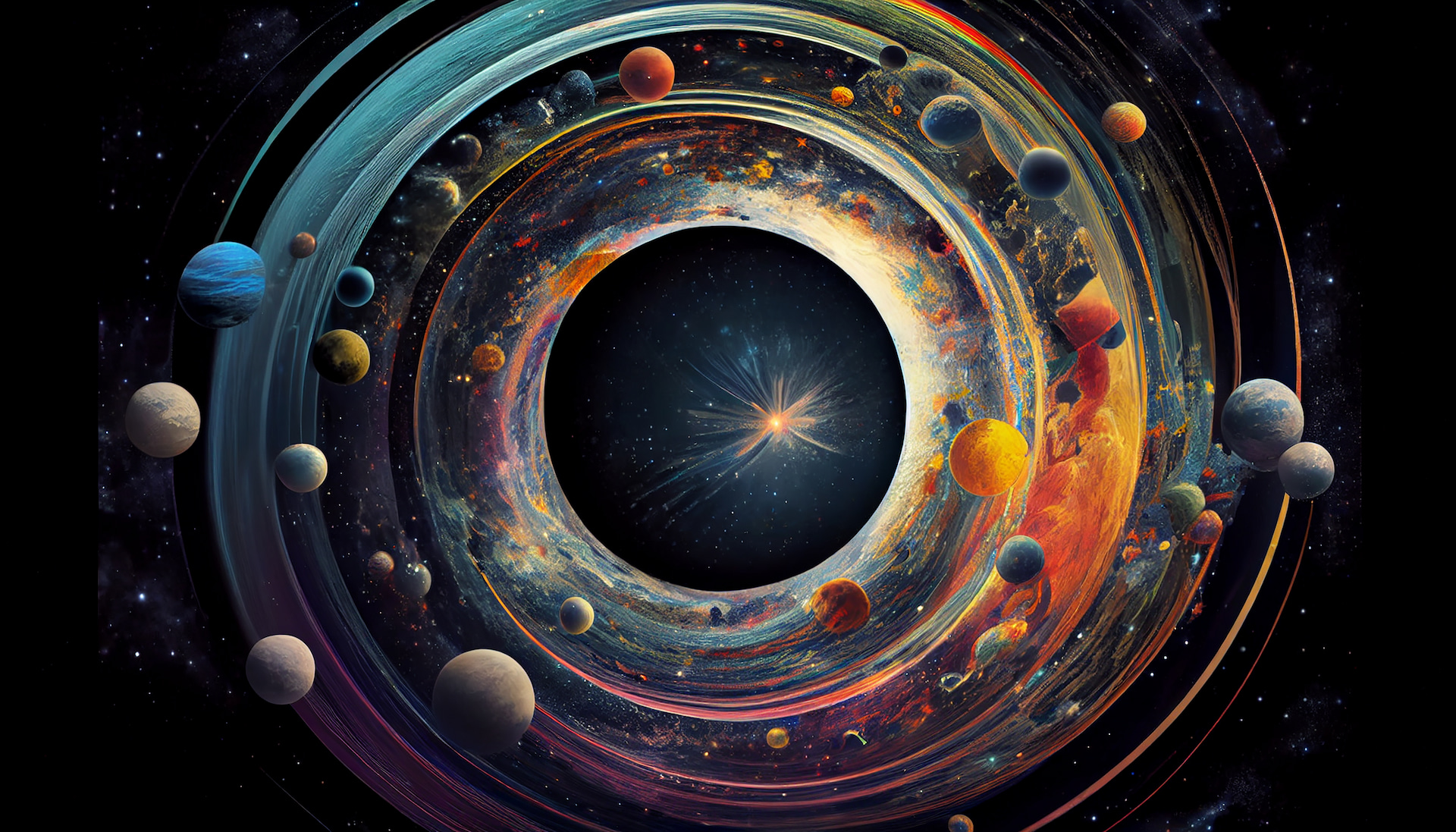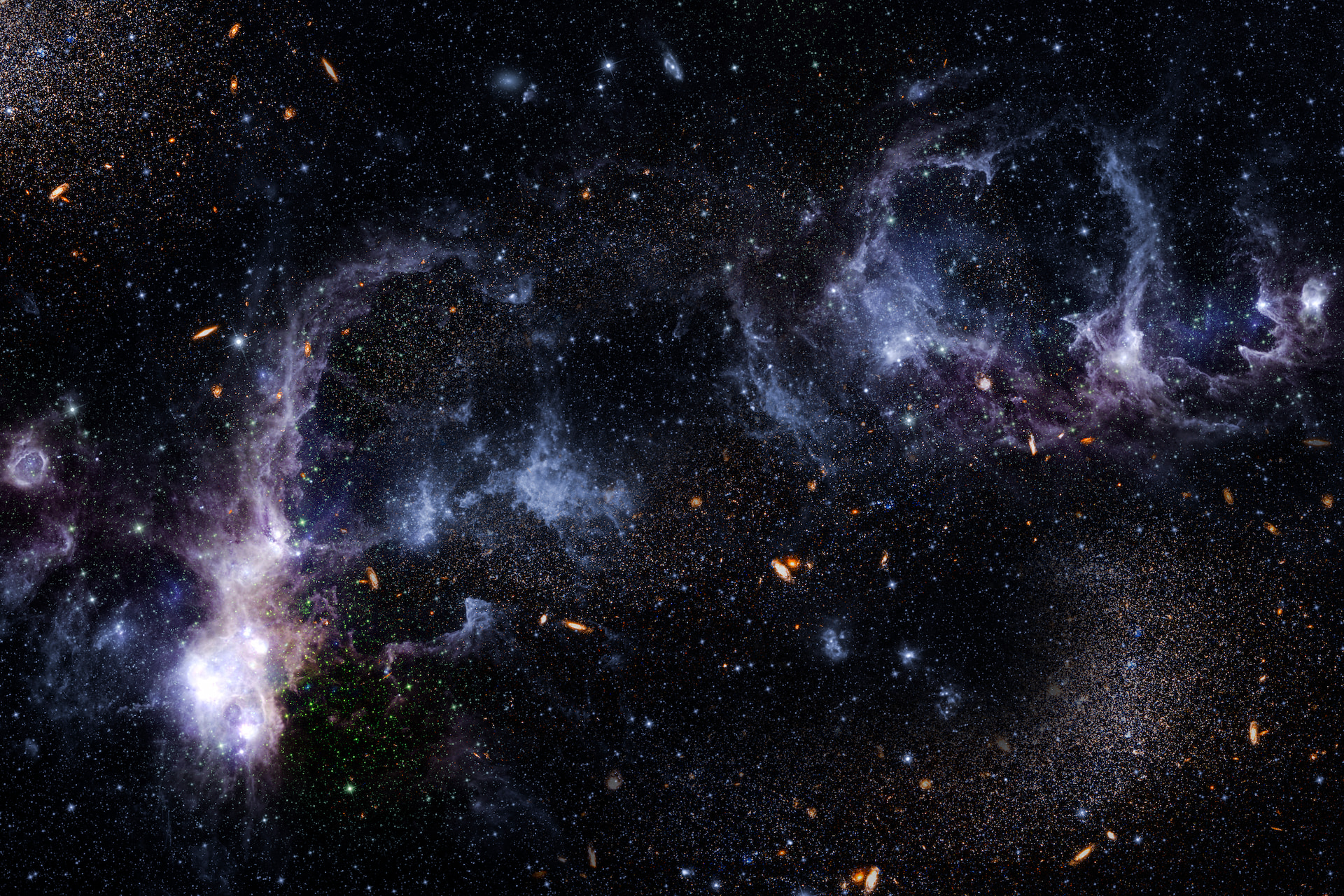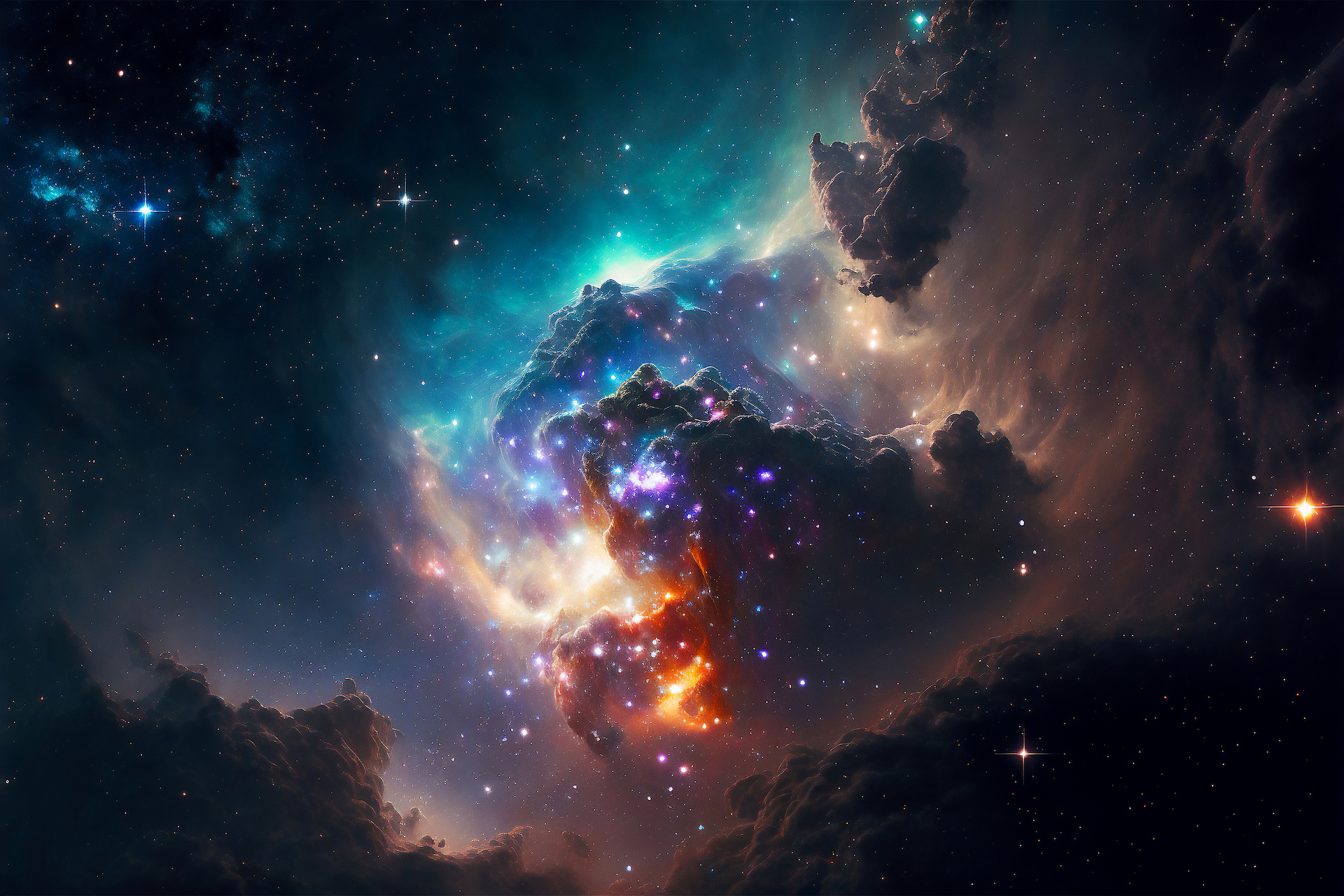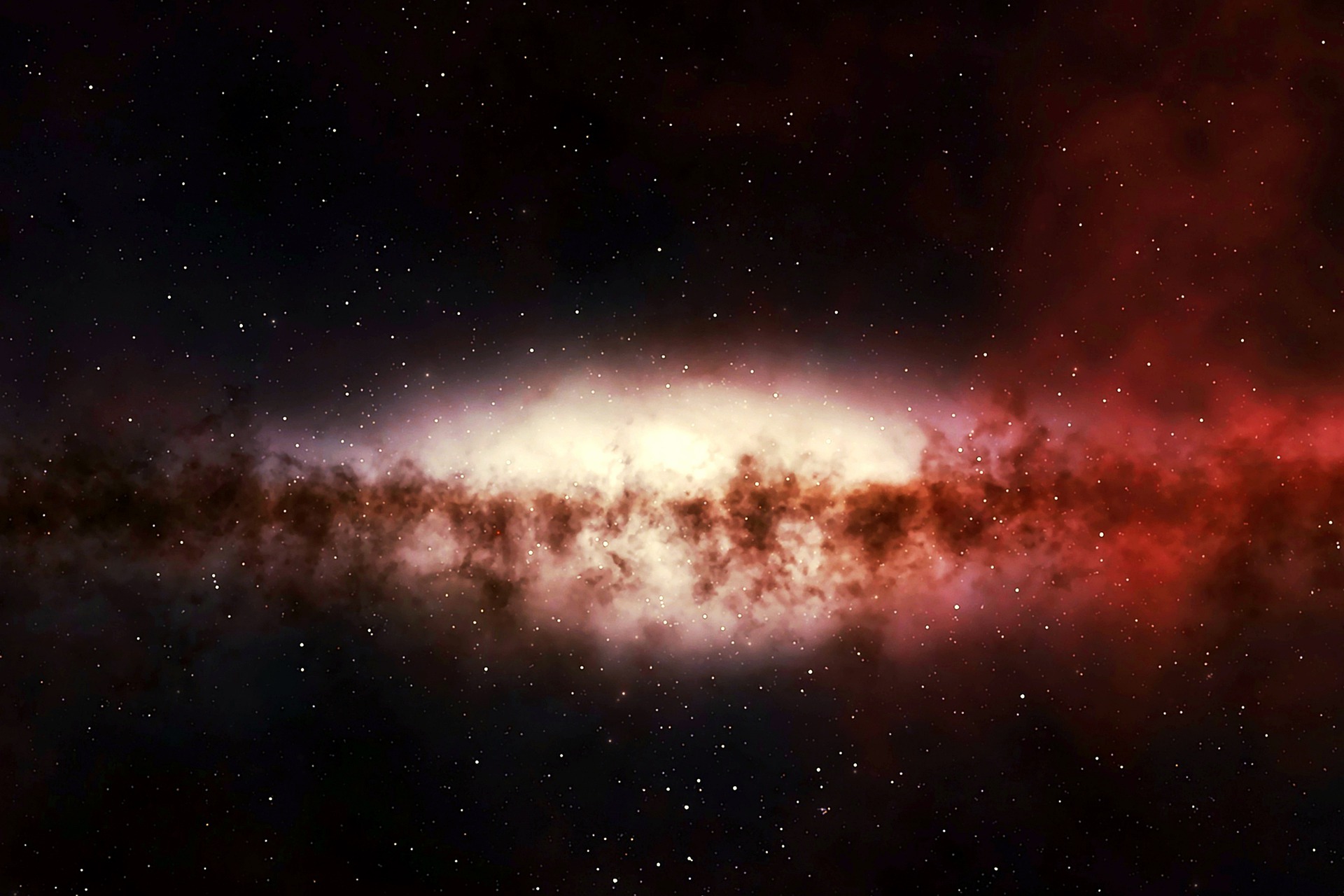Dark matter stands as a perplexing enigma within contemporary cosmology. While astronomers have amassed an abundance of corroborating evidence via statistics on galaxy clustering, the bending of light due to gravity, and fluctuations in the cosmic microwave background, the absence of particles within the conventional model of particle physics capable of elucidating dark matter remains apparent.











